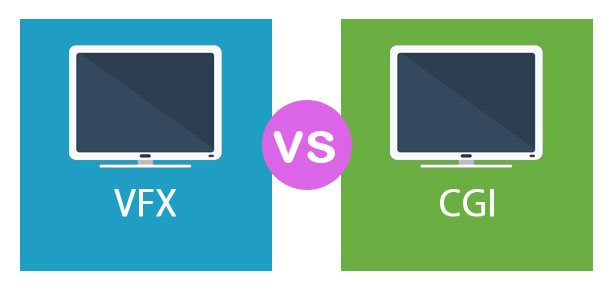

Mechanical effects are also often incorporated into set design and makeup. This includes the use of mechanized props, scenery, scale models, animatronics, pyrotechnics and atmospheric effects: creating physical wind, rain, fog, snow, clouds, making a car appear to drive by itself and blowing up a building, etc. Mechanical effects (also called practical or physical effects) are usually accomplished during the live-action shooting. With the emergence of digital film-making a distinction between special effects and visual effects has grown, with the latter referring to digital post-production while "special effects" referring to mechanical and optical effects. Special effects are traditionally divided into the categories of mechanical effects and optical effects.
Vfx and gfx meaning simulator#
Vfx and gfx meaning series#
Other than films, television series and web series are also known to utilise VFX. Around ninety percent of the film utilised VFX and CGI.

The highest-grossing film of all time, Avengers: Endgame (2019), used VFX extensively. VFX today is heavily used in almost all movies produced. Méliès, the director of the Théâtre Robert-Houdin, was inspired to develop a series of more than 500 short films, between 18, in the process developing or inventing such techniques as multiple exposures, time-lapse photography, dissolves, and hand painted color.īecause of his ability to seemingly manipulate and transform reality with the cinematograph, the prolific Méliès is sometimes referred to as the "Cinemagician." His most famous film, Le Voyage dans la lune (1902), a whimsical parody of Jules Verne's From the Earth to the Moon, featured a combination of live action and animation, and also incorporated extensive miniature and matte painting work. When he screened the film, he found that the "stop trick" had caused a truck to turn into a hearse, pedestrians to change direction, and men to turn into women. Georges Méliès, an early motion picture pioneer, accidentally discovered the same "stop trick."Īccording to Méliès, his camera jammed while filming a street scene in Paris.

It was not only the first use of trickery in cinema, it was also the first type of photographic trickery that was only possible in a motion picture, and referred to as the "stop trick". Techniques like these would dominate the production of special effects for a century. He placed a Mary dummy in the actor's place, restarted filming, and allowed the executioner to bring the axe down, severing the dummy's head. While filming a reenactment of the beheading of Mary, Queen of Scots, Clark instructed an actor to step up to the block in Mary's costume.Īs the executioner brought the axe above his head, Clark stopped the camera, had all the actors freeze, and had the person playing Mary step off the set. In 1895, Alfred Clark created what is commonly accepted as the first-ever motion picture special effect. In 1857, Oscar Rejlander created the world's first "special effects" image by combining different sections of 32 negatives into a single image, making a montaged combination print. Visual effects using computer-generated imagery (CGI) have more recently become accessible to the independent filmmaker with the introduction of affordable and relatively easy-to-use animation and compositing software. VFX involves the integration of live action footage (which may include in-camera special effects) and generated imagery (digital or optics, animals or creatures) which look realistic, but would be dangerous, expensive, impractical, time-consuming or impossible to capture on film. The integration of live action footage and other live action footage or CG elements to create realistic imagery is called VFX. Visual effects (sometimes abbreviated VFX) is the process by which imagery is created or manipulated outside the context ofĪ live action shot in filmmaking and video production.


 0 kommentar(er)
0 kommentar(er)
